Grout fills the gaps between tiles and is an essential part of any tile floor or wall. You may be wondering if it's possible to put silicone over grout. We've done our research and this is what we found out.
Yes, you can put silicone over grout. This ensures watertight sealing. But it's not to be used as a permanent solution for cracked or damaged grout.
In this blog post, we'll discuss the pros and cons of doing so and help you decide if it's the right choice for your floor or walls. We'll also take a look at different types of silicone-based grout and some frequently asked questions about grout. Read on to find out more!
![]()
What Is Grouting?
Before we dive into putting silicone over your tile grout, let's first discuss what grouting is. Grouting is the process of filling in the spaces between tiles. It's typically done using cement-based material, but there are also epoxy-based and polymer-based grouts available.
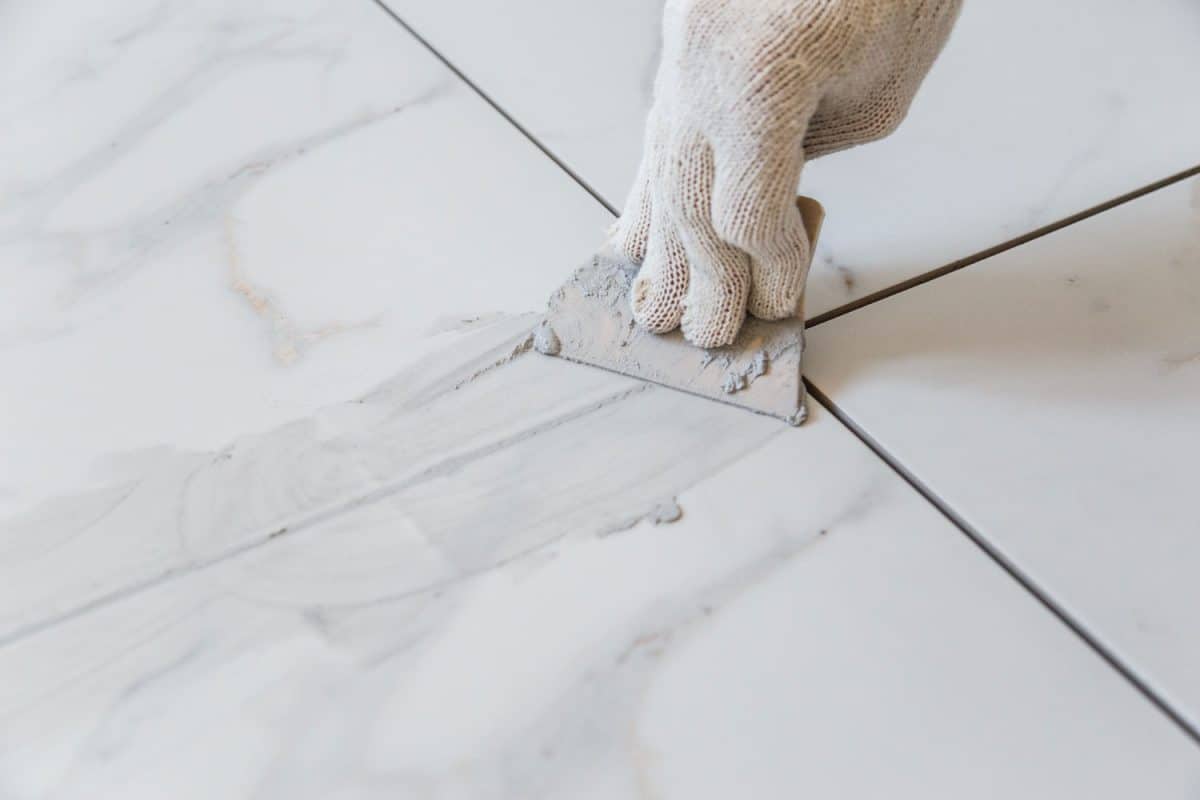
Grouting helps to seal the tiles and prevents water and other liquids from seeping behind them and causing damage. It also gives the tile installation a finished look.
What You Need to Know About Grout Sealing
Now, what is grout sealing? Grout sealing is an important process for your tile surfaces. It prevents stains and dirt from penetrating the grout thus making it easier to clean. Aside from that, sealing the grout extends its life by protecting it from water and other liquids. Overall, it also gives the tile installation a finished look.
Read more on:
Should You Seal Floor Grout? [Breakdown By Room And Type Of Grout]
How To Tell If Your Tile Grout Is Sealed?
Try spreading a few drops of water in between your tiles. If the colors darken, chances are, they are not yet sealed. On the other hand, if the grout color does not change, they may have already been sealed.
When Should You Use Silicone Over Grout?
There are a few situations when you might want to consider using silicone over grout:
- If you have cracked or damaged grout, you can use silicone as a temporary fix. It is quick and easy to install. It will also keep your grout looking good until you can get it replaced.
- Silicone helps prevent the grout from cracking and breaking in areas that are likely to experience a lot of movement and moisture.
- If you're concerned about mold or mildew growth, silicone can help resist the growth of these organisms.
- If you want an easy-to-do-clean tile installation, silicone can help to make it easier to keep your tile looking clean and fresh.
Steps In Applying Silicone Over Grout
Putting silicone over grout is a fairly easy process. Before you begin, review the included instruction and gather all of the materials required for the project:
- Rubber Gloves
- Grout Saw
- Caulk Gun
- Silicone Caulk
Check Out This Grouting Silicone Caulking Tool Kit - 5 in 1 Scraper Tool on Amazon
-
Clean the grout: Before applying silicone, it's important to make sure that the grout is clean. You can do this by scrubbing it with a brush and some warm water.
-
Dry the grout: Once you've cleaned the grout, it's important to make sure that it's completely dry before proceeding.
-
Apply the silicone: Once the grout is dry, you can begin to apply the silicone. Be sure to follow the manufacturer's instructions carefully.
-
Allow the silicone to cure: After you've applied the silicone, it's important to allow it to cure according to the manufacturer's instructions. This typically takes 24-48 hours.
-
Enjoy your new tile installation: Once the silicone has cured, you can enjoy your new tile installation!
What Are the Types of Silicone Grouts?
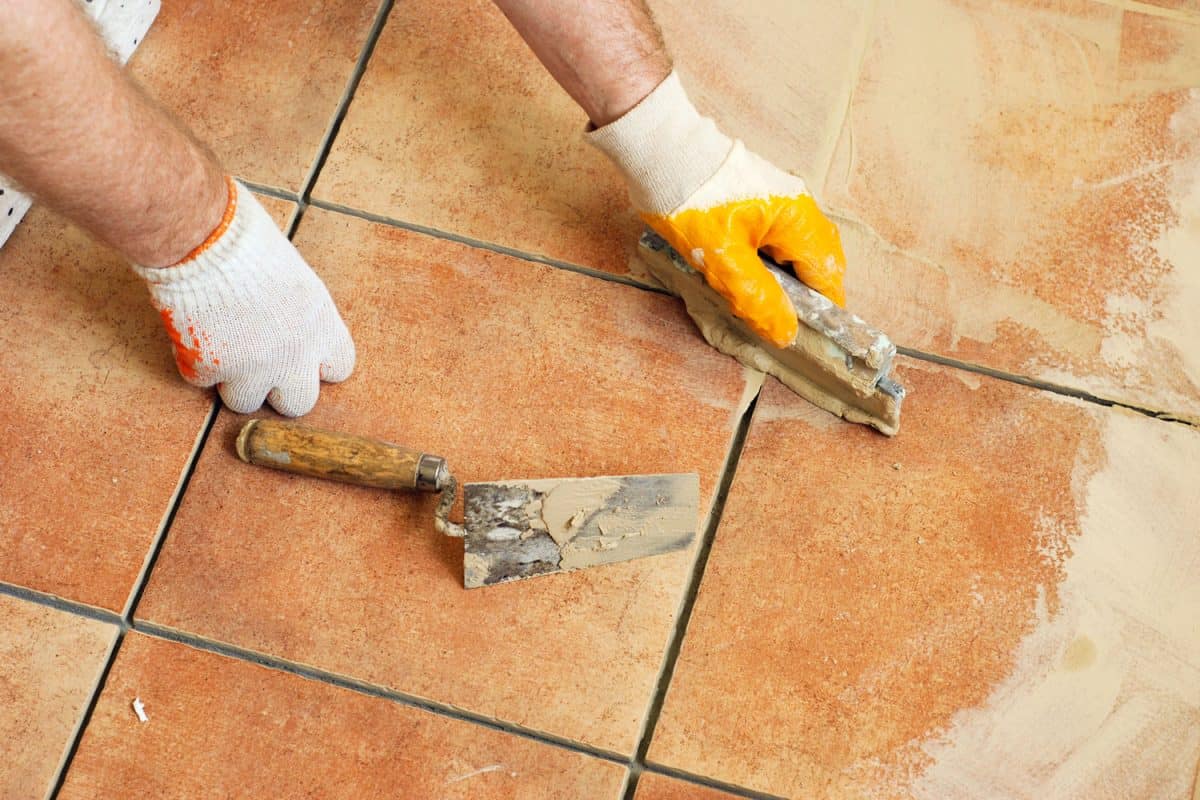
There are two types of silicone grout, and both have their own advantages and disadvantages. The type of silicone grout you choose will depend on your specific needs and preferences.
There are also a few things to consider when choosing the right type of silicone grout for your project, such as:
- Type of surface you'll be working with. Silicone grout can be used on many different surfaces, but some are more forgiving than others. If you're not sure which surface you'll be using, it's best to err on the side of caution and choose a grout that can be used on multiple surfaces.
- The depth of the area you're working on. If you're working with a very shallow area, you don't need to use as much grout as you would for a deeper area. This will also save you money in the long run.
- Decide on a color. Silicone grout comes in many different colors, so you can choose one that best suits your needs. If you're not sure what color to choose, it's best to consult with a professional before making a decision.
Pure Silicone Grout
This type of grout has several advantages that make it worth considering for your next project. Pure silicone grout is much more resistant to staining and discoloration than cement-based grout.
Pure silicone grout is more flexible, making it less likely to crack or chip over time. Finally, it is easier to work with, making it a good choice for DIYers. Whether you're looking for a durable grout that will resist stains or a more user-friendly option, silicone-based grout may be the right choice for you.
Check Out This Custom PMG165QT 1-Quart Simple Premium Grout on Amazon
Siliconized Latex Grout
This type of grout is much more flexible than pure silicone grout. Because of this, it can accommodate movement in tiles without cracking and breaking.
However, this type of grout is not as resistant to mold and mildew growth so it may require more maintenance than other types of silicone grouts.
Check Out This Mapei Sanded Siliconized Acrylic Caulk on Amazon
Are There Any Potential Drawbacks to Using Silicone Over Grout Sealant?
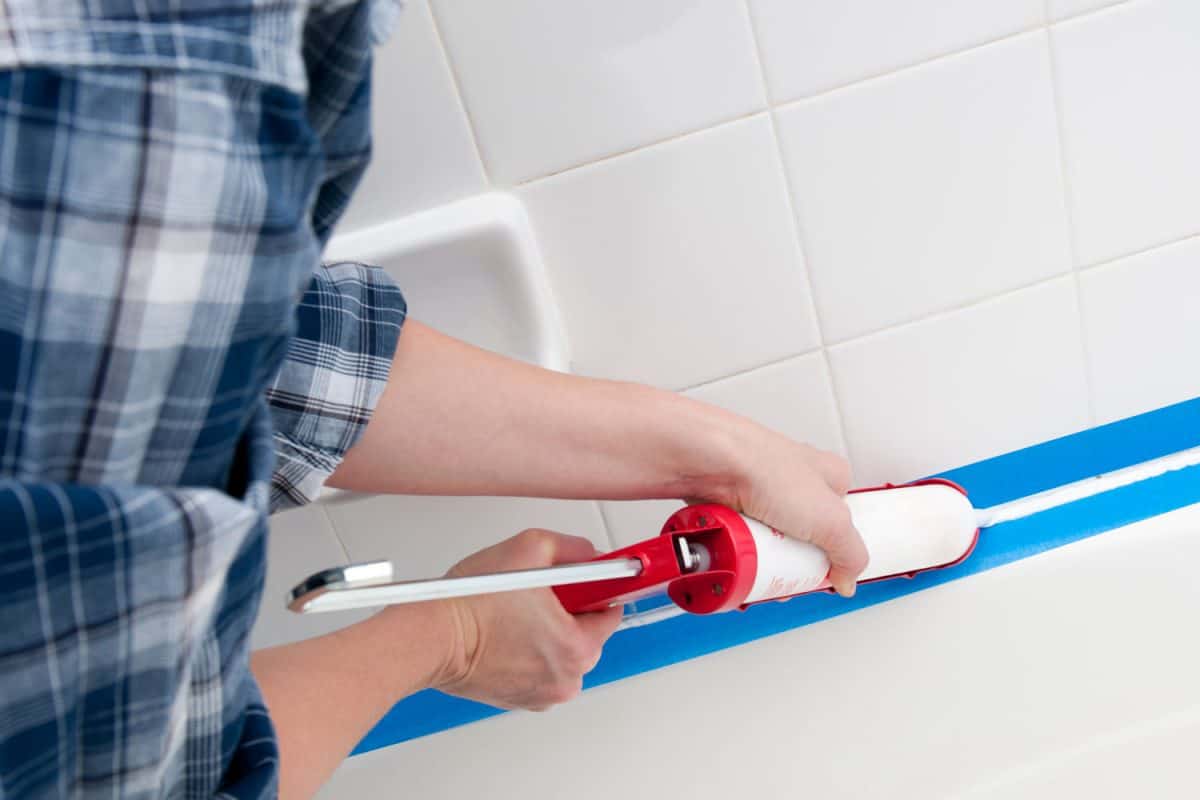
There are a few potential drawbacks to using silicone over grout sealant:
- It is more expensive than a traditional grout sealant.
- In some instances, it can be more difficult to apply than other traditional sealants.
- Silicone grouts can discolor some types of grout, so it's important to test it on a small area before using it on your entire tile installation.
Frequently Asked Questions
How Do You Remove Old Silicone Sealant?
You may have seen old, cracked silicone sealant around the bathtub or kitchen sink. It looks gross and it's probably full of mildew. Plus, it's not doing a very good job of sealing anything anymore. If you're planning to replace it with new silicone, you'll need to remove the old stuff first. Here's how:
First, use a putty knife or similar tool to scrape off as much of the old sealant as possible. If there are any stubborn bits, you can try heating them up with a hairdryer or heat gun.
Once most of the sealant is gone, you'll need to clean the surface thoroughly. Start by wiping it down with a damp cloth to remove any loose debris. Then, use a household cleaner and scrub brush to remove any remaining residue.
Once the surface is clean and dry, you're ready to apply new silicone sealant.
Check Out This 3 in 1 Caulking Tool and Grout Removal Tool on Amazon
How Long Will Silicone Last Before it Needs to Be Reapplied or Replaced?
The lifespan of silicone will depend on a number of factors, including the type of silicone used, the climate in which it is used, and how often it is exposed to water or other liquids. In general, however, silicone can last for up to 10 years before it needs to be replaced.
Should You Seal Your Tile Grout?
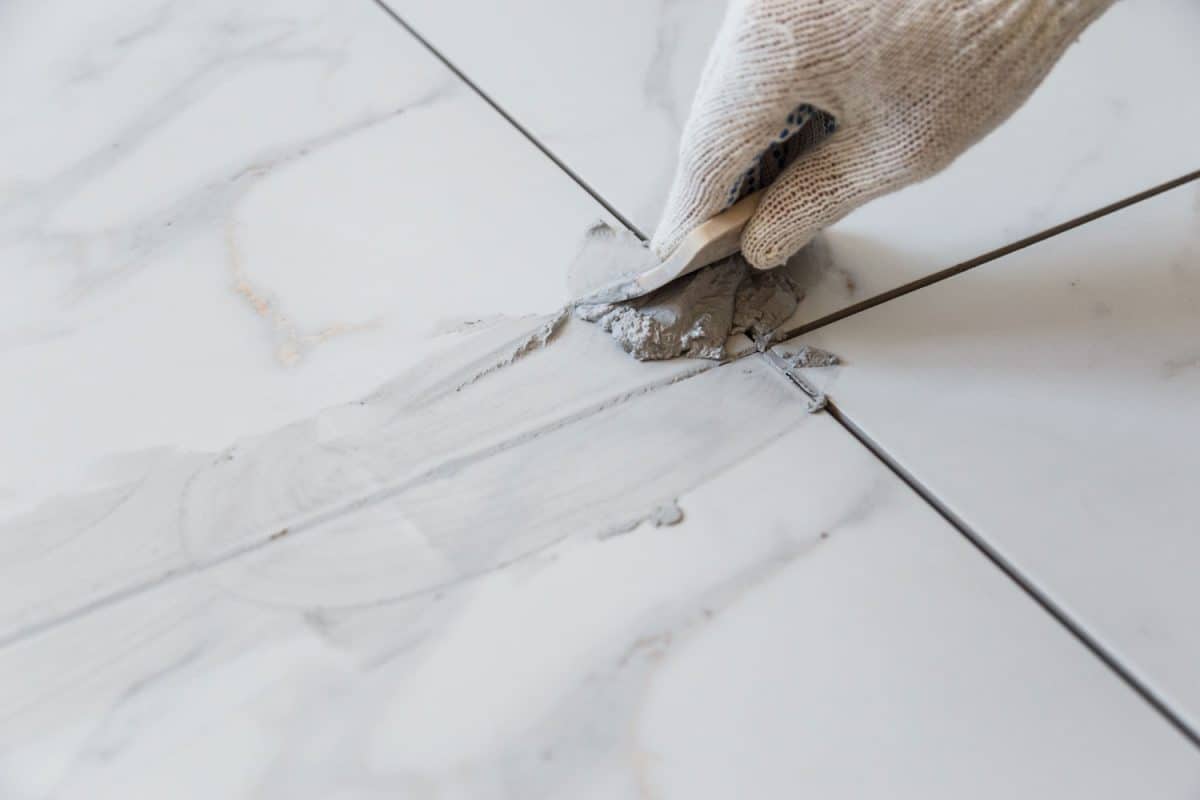
Grout sealing is an important process for your tile surfaces. It prevents stains and dirt from penetrating the grout thus making it easier to clean. Aside from that, sealing the grout extends its life by protecting it from water and other liquids. Overall, it also gives the tile installation a finished look.
Check Out This Waterproof XL Tile Grout Sealant on Amazon
Is Caulking the Same as Grouting?
Caulking and grouting are two common methods for sealing joints between tiles. Both caulking and grouting mixtures are made from cement-based materials, and they are typically applied using a putty knife or trowel. However, there are some key differences between these two products.
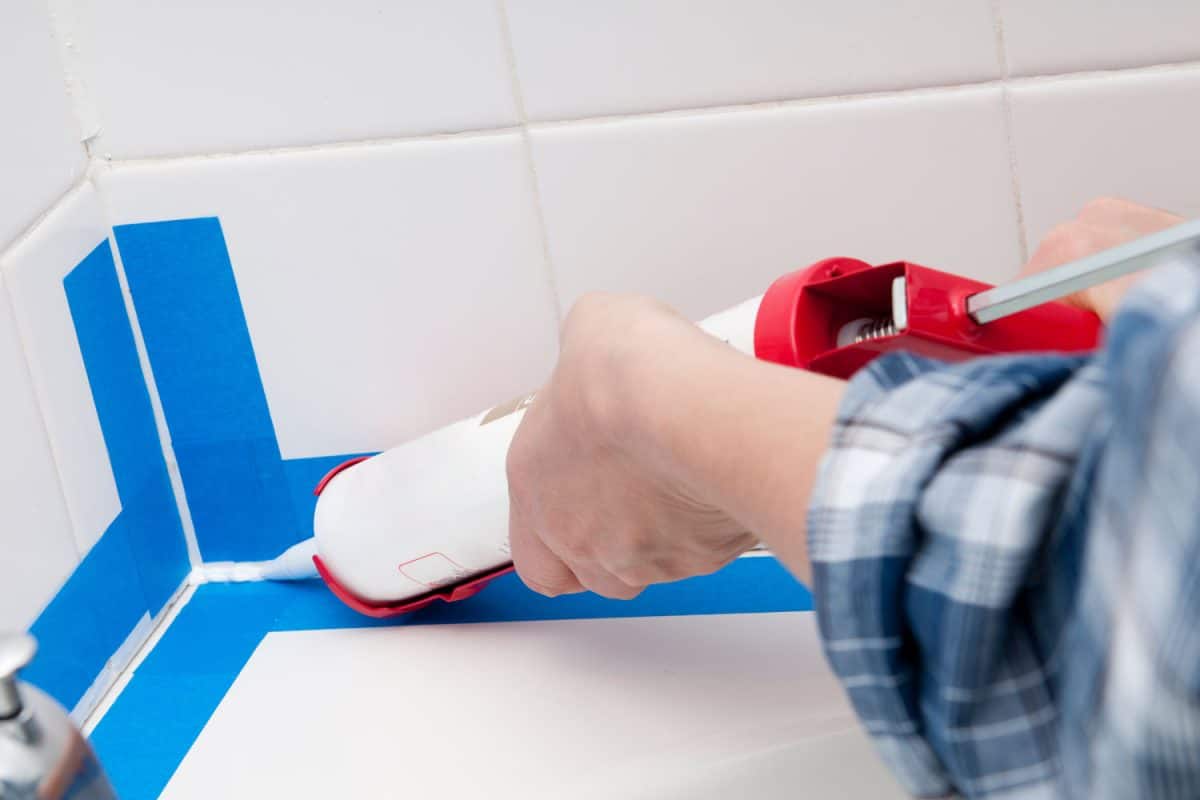
Caulking is generally used to fill larger gaps between tiles, while grouting is used to fill smaller spaces. Caulking is also applied in a continuous bead, while grouting is usually applied in small intermittent beads.
In addition, caulking typically contains silicone, which helps to create a watertight seal, while grouting is usually not waterproof. As a result, caulking is often used in bathrooms and kitchens, while grouting is more commonly used in other areas of the home.
While both caulking and grouting serve similar functions, it is important to choose the right product for the job at hand.
Conclusion
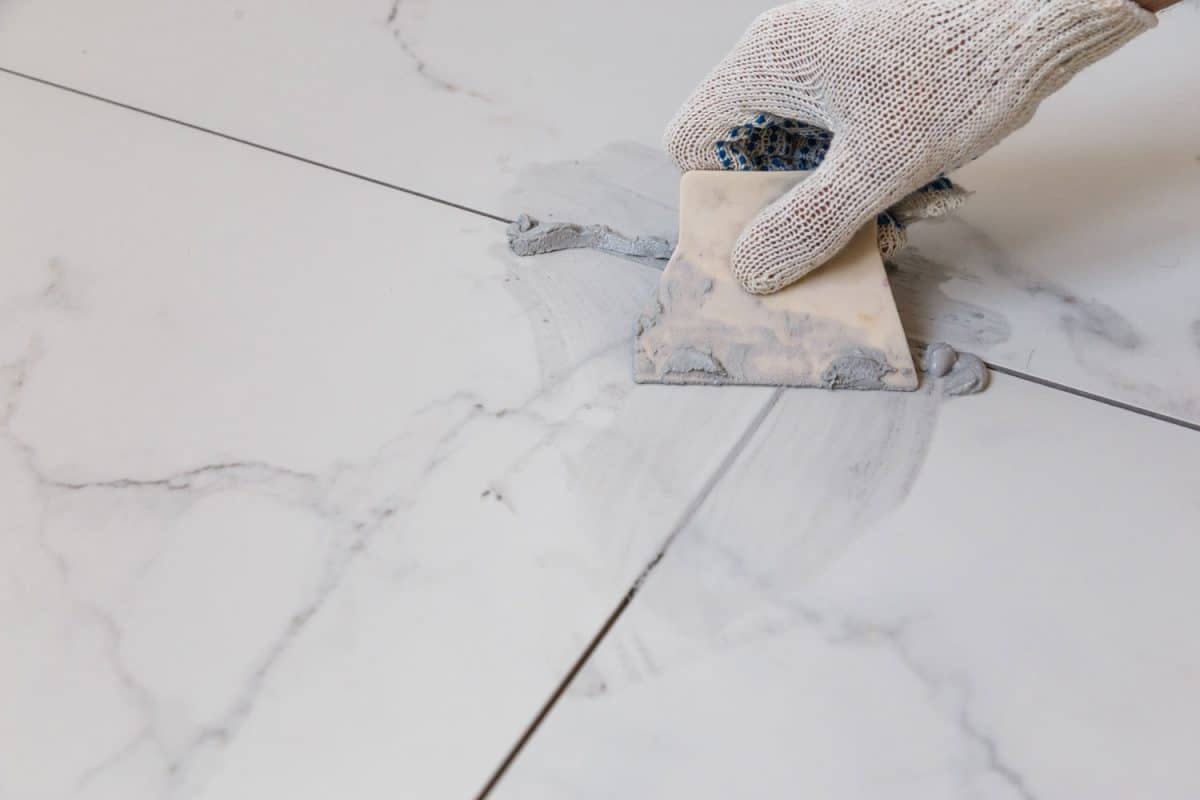
So, is it possible to put silicone over grout? Again, the answer is yes – with a few caveats. Make sure that the silicone you are using is specifically designed for grout lines. Also, be prepared to do some extra work to keep the silicone in good condition.
If you follow these guidelines, your newly-siliconed grout lines will be looking great for years to come!
If you find this blog article to be useful, feel free to share it with your family and friends.
And since you're still here, you might want to check the following articles, too:
How To Mix A Small Amount Of Grout
How To Remove Tile And Grout From Floor





